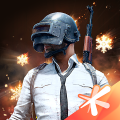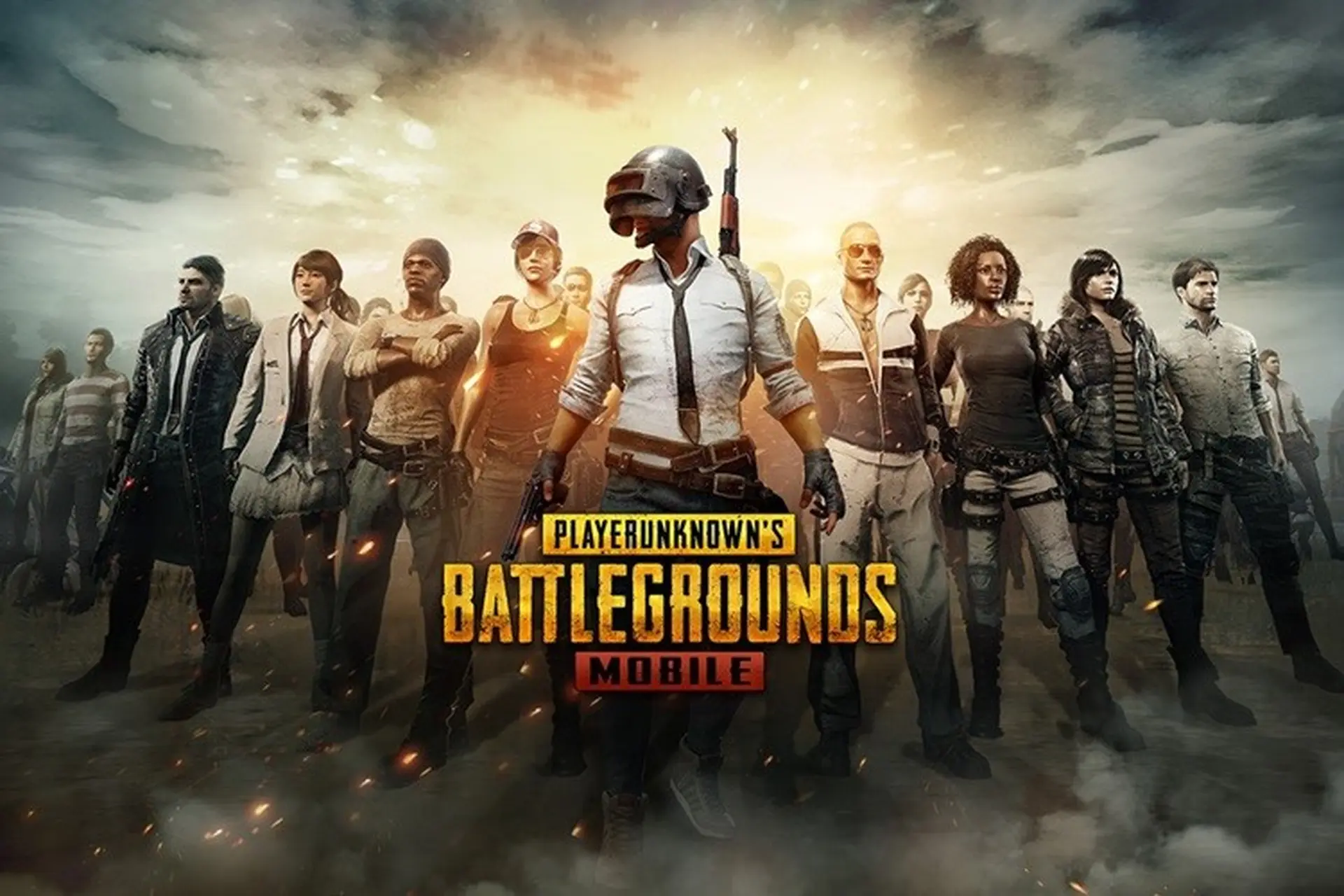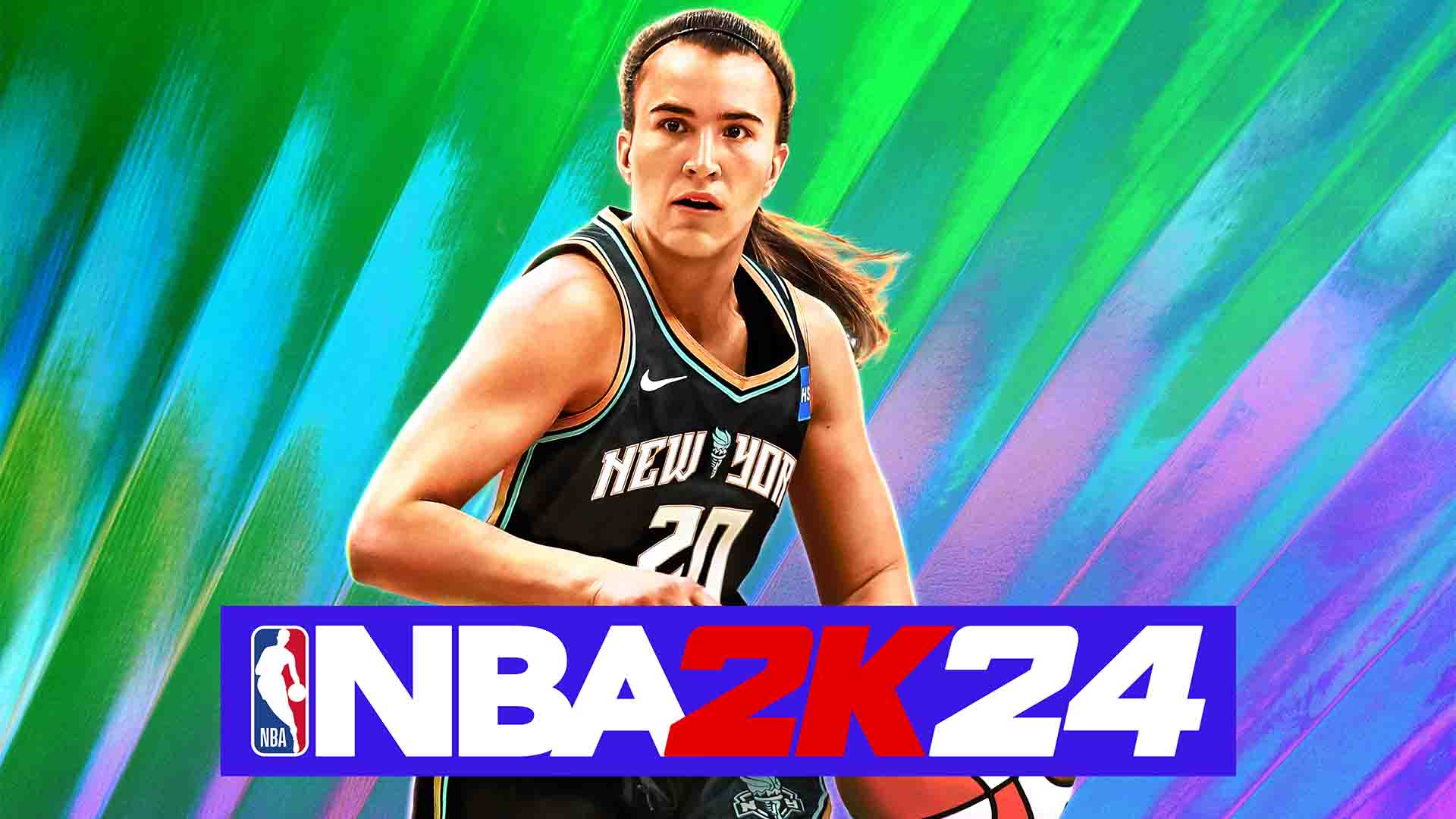Popular Now
Introduction
Solo vs Squad (commonly referred to as Solo vs Squad or SvS) in PUBG Mobile is one of the most challenging yet rewarding modes in the game. It pushes individual skill, decision-making, and game sense to the limit, as a lone player goes up against full squads of up to four enemies. Unlike solo or team-based play, this mode doesn’t forgive mistakes easily. Every choice – from landing to rotation, to engagements – needs to be deliberate. This article explores the intricacies of surviving and thriving in Solo vs Squad gameplay through advanced mechanics, planning, and psychological warfare.
Choosing the Right Drop Location
In Solo vs Squad, the initial drop decision often determines your early survival. Hot drops like Pochinki or Bootcamp can give you access to loot and early kills, but they’re also highly contested. Safer locations like Yasnaya Polyana or Camp Charlie might provide better setup time.
Experienced players often use late drops to avoid early contact, loot up, and rotate to third-party ongoing fights. You must strike a balance between loot quality and survival probability.
Another tip is to watch other players’ drop patterns. A solo player can avoid early conflict simply by identifying and diverting away from squads before landing.
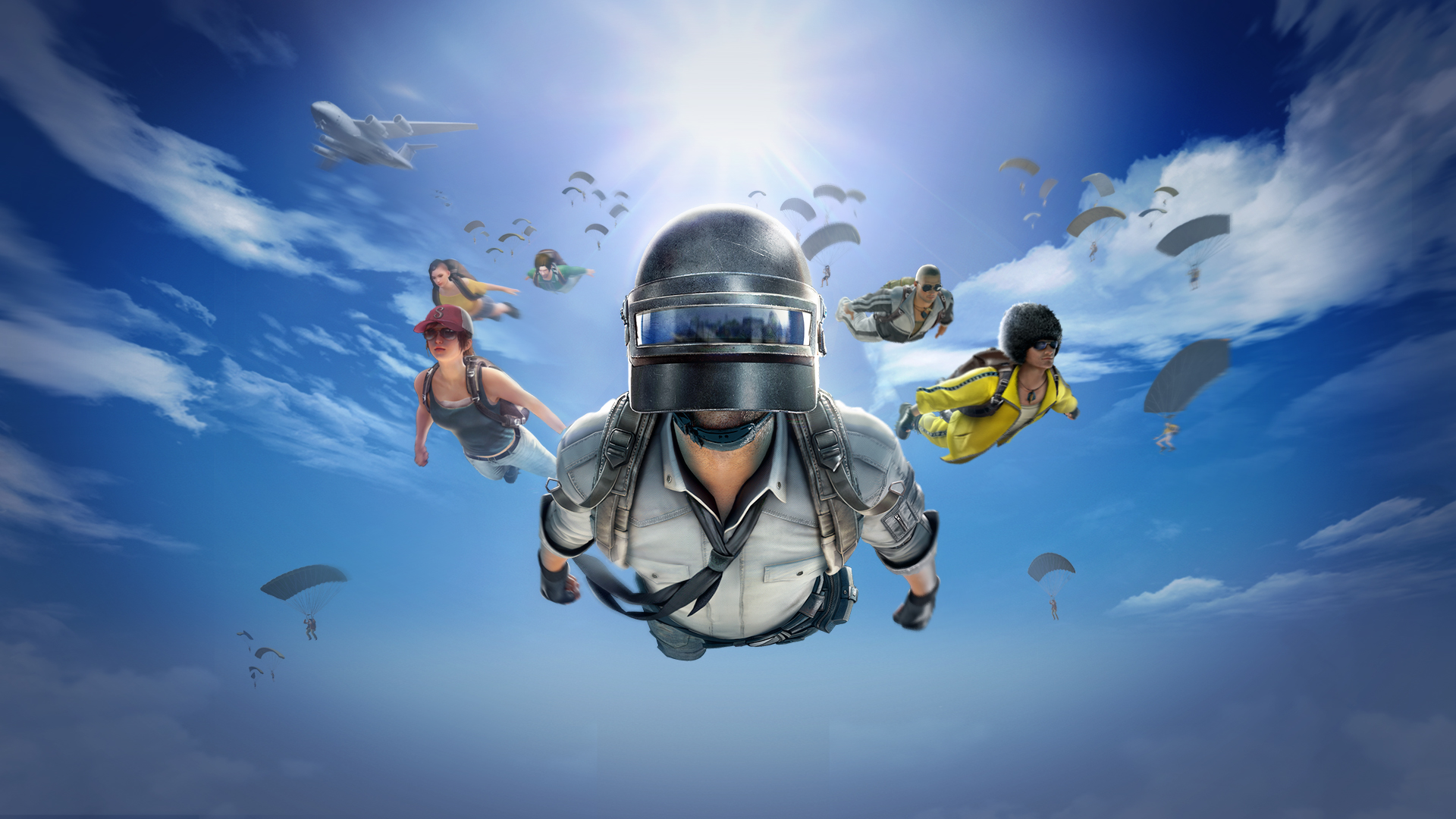
Looting Priorities for Solo vs Squad
Looting efficiently is crucial. Your first priority should always be survival gear – Level 2 or higher vest and helmet, a healing stack (at least 3 medkits or first-aid kits), and smoke grenades. Weapon-wise, prioritize a spray weapon (like M416 or AKM) and a long-range option (such as DMR or sniper rifles).
Attachments like extended quickdraw magazines and compensators can make a big difference in 1v4 fights. Having enough throwable utilities – especially smoke and frag grenades – can change the tide of an encounter.
Always loot with rotation in mind. Don’t overstay in one location; you risk being surrounded or caught by multiple squads converging.
Rotation Strategy and Zone Awareness
Smart rotation is essential when outnumbered. Early rotations help avoid squads that are still looting. Use vehicles cautiously: they’re loud, but helpful for repositioning quickly.
Prioritize edge-of-zone play over central zone camping, especially in the early game. You’ll encounter fewer squads and have more control over your surroundings. Late game, rotate with the zone’s movement, keeping hard cover in mind.
Watching the kill feed gives insight into where large fights are happening. Use this information to rotate to safe areas or third-party at the perfect moment.
Engagement Rules: Fight or Flight
Not every fight is worth taking. Knowing when to engage and when to retreat is a crucial Solo vs Squad skill. If you surprise a squad from an angle they don’t expect, capitalize on it. But if you’re sandwiched between two squads or lack utility, disengage.
Use terrain and cover to your advantage. Smoke grenades can mask rotations, while frag grenades can force squads out of defensive positions. Sound also plays a huge role – avoid unnecessary footsteps and use audio cues to track enemies.
Being outnumbered means prioritizing isolation: down one enemy quickly and reposition before the rest can react.
Third-Party Tactics and Ambushes
Third-partying is the bread and butter of Solo vs Squad. Always listen for distant gunfire. Wait for teams to weaken each other and then strike decisively when they’re vulnerable.
Positioning is everything. Flanking while two teams are engaged often results in easy kills. Use throwables to control chaos: a well-placed grenade into a shack where enemies are reviving can result in multiple kills.
Ambush tactics, like camping in overlooked buildings or vehicles, are also valid. In SvS, there's no shame in using every trick to survive.
Mastering 1v4 Situations
Fighting an entire squad is the ultimate test. It requires excellent aim, movement, and mental composure. First, always down one enemy immediately and change position to confuse the rest. Avoid open fights – use doorways, windows, and staircases to funnel enemies into kill zones.
Use audio to track movement. If enemies split, pick them off one by one. Never let them revive unless you intend to bait them. Smoke your exits, not entrances.
Mind games also help. Reloading loudly in one spot and then silently flanking can bait enemies into exposing themselves.
Psychological Warfare and Mind Games
Playing alone against squads requires outthinking your enemies. Feints, audio baits, and fake rotations can mislead teams into traps. Firing a few shots and retreating might draw a squad into an ambush.
Use enemy psychology against them. Squad players often assume they outnumber the threat. Use that overconfidence. If one pushes alone, punish it immediately. Then play unpredictably – switching cover spots, changing attack angles, or letting them revive and repeating the process to farm eliminations.
The mind game element is especially effective late-game, where pressure mounts.
Utilizing Sound and Visual Cues
Sound is a solo player’s best friend. Footsteps, gunfire, vehicle movement, and grenade pins are all crucial cues. High-quality headphones and understanding PUBG Mobile’s audio system give you the edge in detecting enemy presence.
Similarly, visual cues – such as opened doors, broken windows, smoke plumes, and loot crates – provide environmental information. You can determine squad routes, rotation paths, and current conflicts just by paying attention.
Also, always watch the mini-map. Enemies firing unsuppressed weapons will appear, giving you tracking data without line of sight.
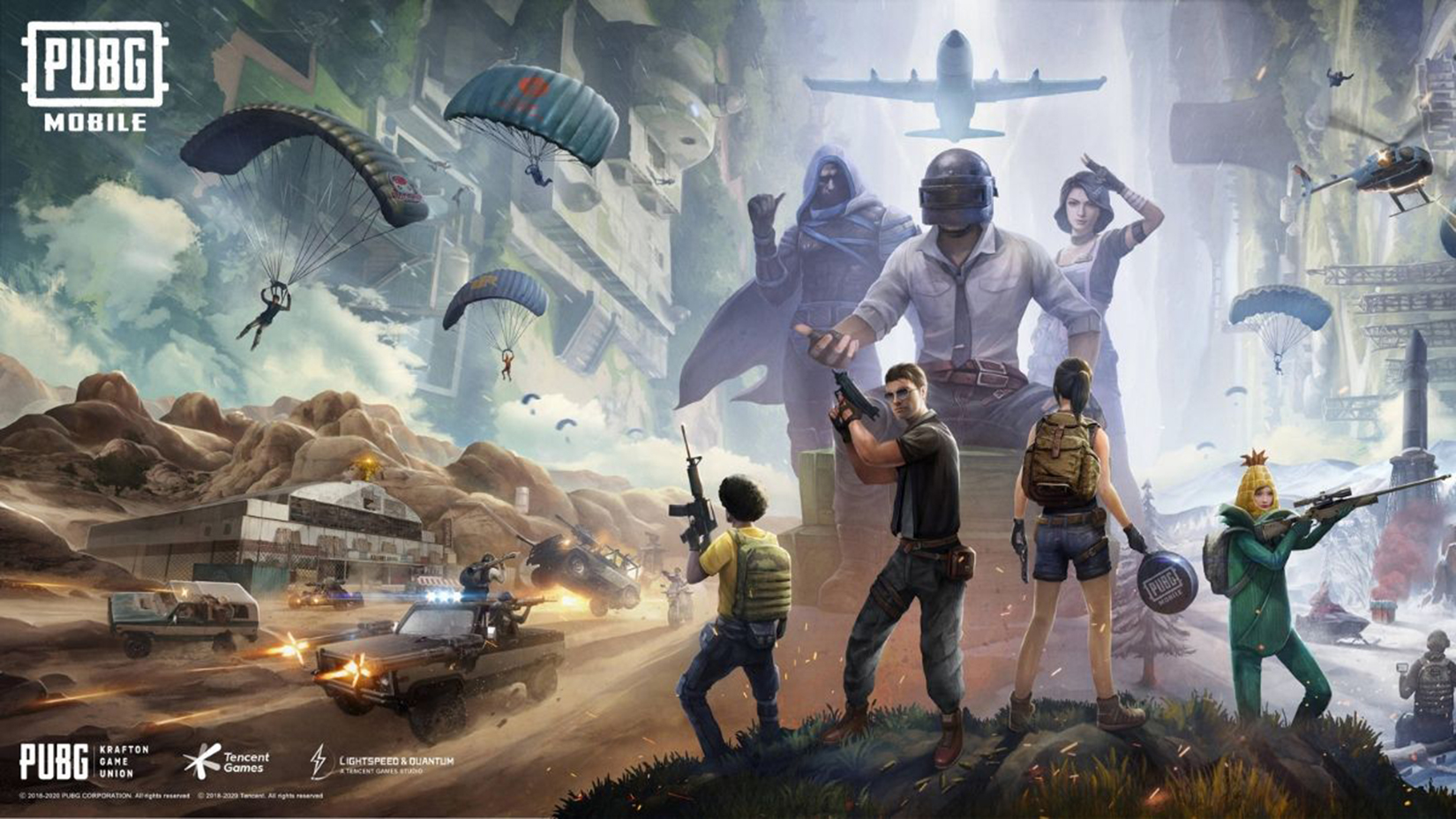
Endgame Strategy and Positioning
Late-game Solo vs Squad is about patience and perfection. Ideally, you want a good position with hard cover, sightlines, and an escape route. Don’t fire unless necessary. Let remaining squads eliminate each other.
Use throwables to finish low-health players or prevent revives. In final circles, suppressors become incredibly valuable – silence equals survival.
Final 1v2 or 1v3 situations require nerves of steel. Try baiting with throwables or shooting one enemy to force revives. Position high ground or behind hardcover gives you the best odds.
Improving Consistently: Practice and Mindset
Like any high-skill gameplay mode, Solo vs Squad takes time to master. Use training mode and TDM to improve reflexes and aim. Analyze your games – look at how you died, what decisions led to that point, and what you could’ve done differently.
Watch top Solo vs Squad streamers or YouTubers. Their movement, awareness, and reaction times are often instructive. But don’t just copy – adapt strategies to your own playstyle.
Finally, the right mindset matters. Stay calm under pressure. Learn from failure. Every wipe teaches a lesson, and every 1v4 win boosts confidence.
Conclusion
Solo vs Squad in PUBG Mobile is a brutal, rewarding mode that transforms how you experience the game. It demands an elite level of awareness, strategy, and reflex. From choosing your landing spot to clutching in the final circle, every step is a test of survival and outsmarting. By mastering positioning, sound cues, psychology, and combat mechanics, any solo player can dominate full squads. It’s not about luck – it’s about learning to think and act like a one-man army.

